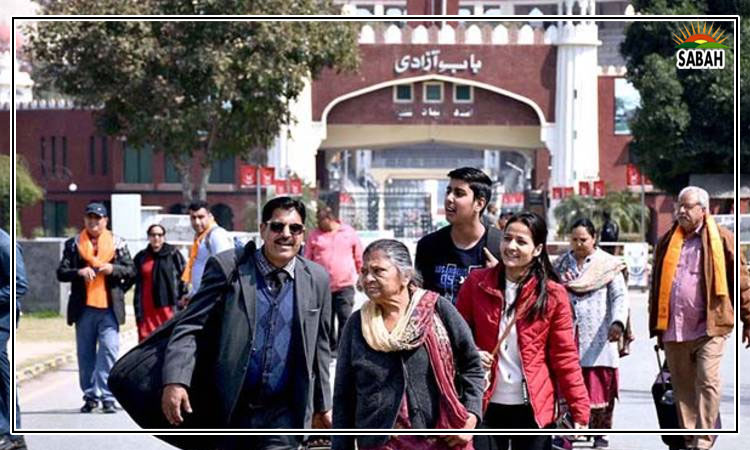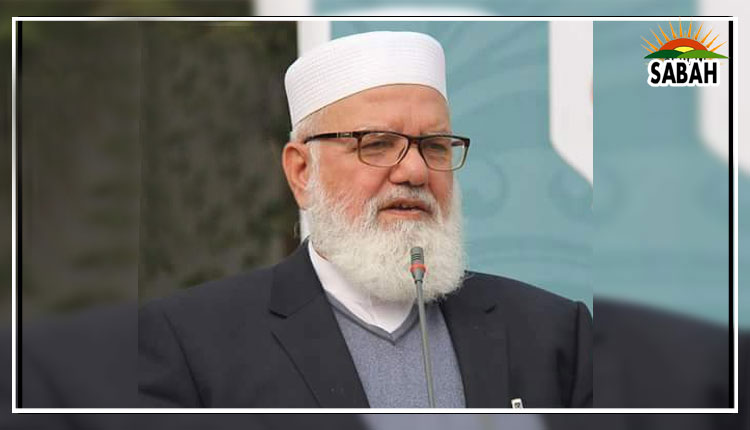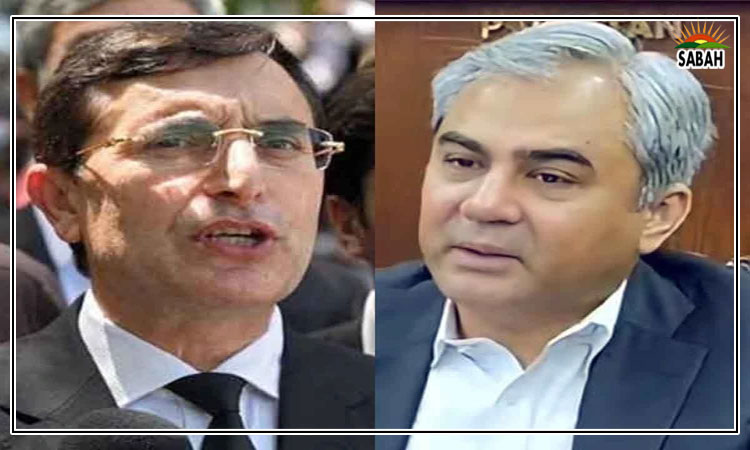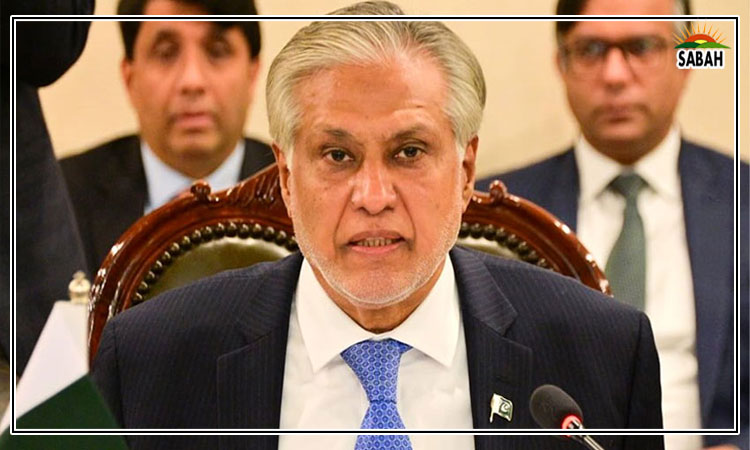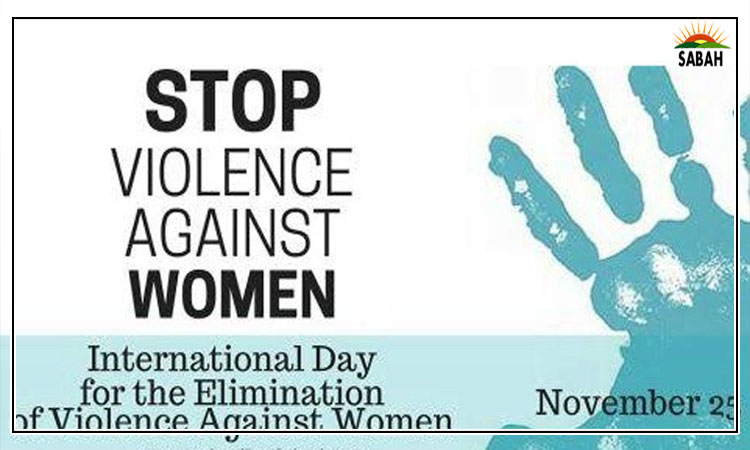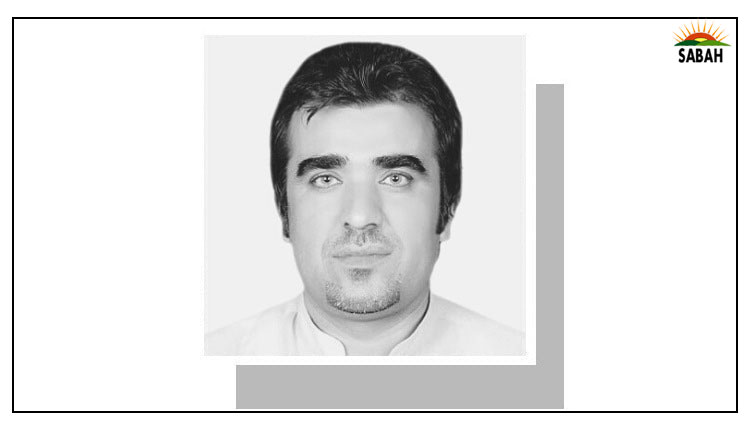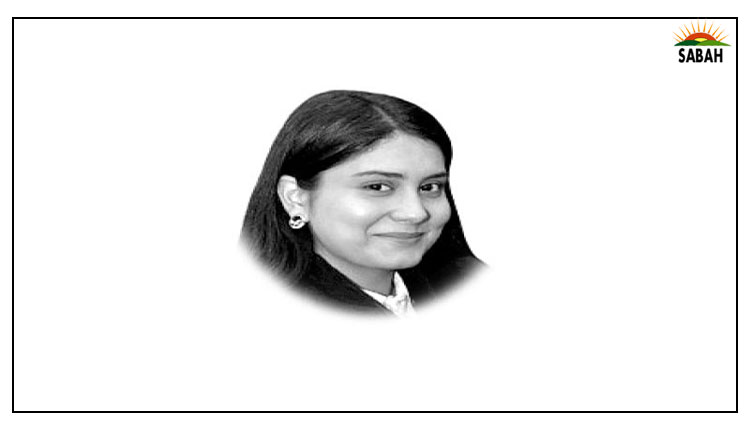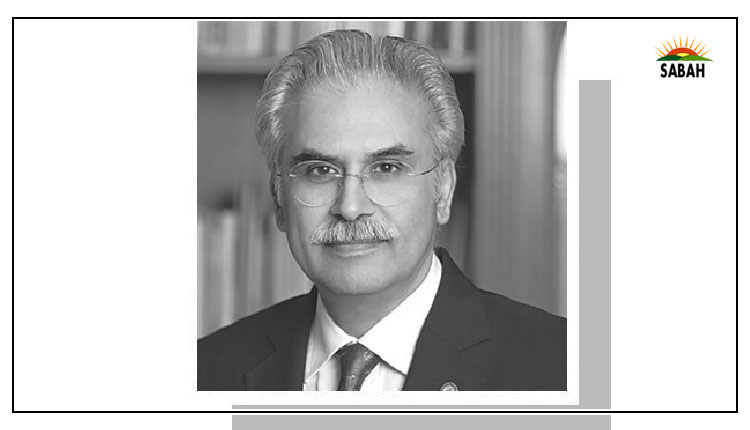Health and politics…Zafar Mirza
Science can identify solutions to pressing public health problems, but only politics can turn most of those solutions into reality. Thomas R. Oliver
When problems as well as their solutions are known, and yet people continue to suffer, then we have a bigger problem of a different kind. Unless this bigger problem is tackled, even advanced knowledge about definitive solutions will never be enough to alleviate human suffering.
Think about the two sentences above and look around you. Try to understand any major public health problem in Pakistan. You will soon reach the conclusion that the problem is clear in terms of its etiology, pathology, epidemiology, prevention, treatment and rehabilitation. If at all, there may be minor knowledge gaps, but too insignificant to hamper the implementation of proven interventions based on science and ample evidence. And yet, you would start wondering why these solutions are not being implemented here. This phenomenon, however obvious it sounds, is the problem to focus on if we are genuinely interested in resolving killer problems.
Lets dissect two public health problems to qualify the above argument.
Pakistans last National Nutrition Survey (NNS) in 2018 revealed that 43 per cent of women of reproductive age and 57.4pc of adolescent girls (10-19 years) in the country were suffering from iron deficiency anaemia, ie, almost every second female. This is a national average hiding extreme differences between urban and rural and rich and poor women. Let us focus on adolescent girls as they are the future.
Anaemia in females is noted when haemoglobin goes below 12gm/dL. Its manifestations include paleness, tiredness, weakness, breathlessness, etc. Imagine a girl with these symptoms becoming a woman, getting married, giving birth repeatedly, taking care of the household and, in many cases, experiencing domestic violence a very hard life indeed.
According to NNS, anaemia was diagnosed in adolescent girls in 140 districts. The differences across districts were stark. In Punjab, 93.3pc girls were anaemic in district Bhakkar compared to 57.4pc in Lahore, the provincial capital. In Sindh, district Tando Allahyar had 81.2pc anaemic girls whereas Karachi South, a relatively affluent district, had 45.4pc. In Balochistan, the poorest province, almost every girl in Killa Abdullah 99.4pc was anaemic whereas the provincial average was also high, ie, 72.4pc. Similarly, in KP it was as high as 85.3pc in Swabi and 36.2pc in Peshawar.
It all depends on how we understand politics.
This data confirms that districts that are poor and not a part of provincial capital districts had comparatively a much higher number of girls with low haemoglobin. It also confirms the weakness of primary healthcare (PHC) in poor areas of the country, where it is needed the most. Iron deficiency anaemia is an almost 100pc treatable condition with improvement in diet and some cheap medicines. The consequences of not addressing it are terrible for the health of women during pregnancy and childbirth, as well as for the health of newborns and child growth and development.
So how is anaemia among poor girls a political issue? It depends on how we understand politics. If we see it only in terms of gaining power at all costs and using that power for personal gain or for the benefit of cronies and coalition partners, as has been our national experience, then, of course, anaemia among poor girls is not a political issue.
But if we adopt a more enlightened understanding of politics in the context of a republic, the Constitution, citizenship, human rights and equity, then who gets what, when, how becomes a political issue. Only then would adolescent female citizens in Bhakkar, Tando Allahyar, Killa Abdullah and Swabi become a political and fiscal priority. Only then would governments invest in creating conditions in these districts which could prevent and treat anaemia. Only then would governments actively advance universal health coverage by strengthening PHC. Currently, Pakistan is among the lowest spenders on health globally and only around 30pc of the meagre health budget is spent on PHC.
In another example of how political determinants of health work, I remember vividly a discussion in the federal cabinet about whether the Sehat Sahulat programme should be universalised. This is a programme which was envisaged as a targeted financial protection scheme for the poor, according to criteria set by the Benazir Income Support Programme, in cases of hospitalisation. The underlying concern was that poor people end up making catastrophic expenditures in the case of hospitalisation and fall deeper into poverty. A study published by PIDE in 2021 showed that 22pc of households in Pakistan, mostly rural households, had faced catastrophic health payment issues.
In this context, it is clear that the programme was aimed at protecting the poor. However, the discussion in the cabinet eventually resulted in universalising the scheme and the fundamental argument made by a few of the more vocal PTI ministers was that our government did not have much to show on account of performance so if we made health insurance available to all, and not just to the poor, it would bring us more votes in the next election. Despite meagre resources and the obvious consequences of the poor being crowded out, the quality of services going down and corruption going up, the decision was made to universalise it in Punjab and ICT. KP had already done the same. I opposed the decision but political considerations prevailed. At one stage, the programme had to be stopped even for the poor. It then resumed with modifications.
A study of healthcare systems around the world reveals that health conditions improve in countries when their political leaders make the right choices and decline or remain stagnant when health for all is not prioritised in national policies and budgets.
Meanwhile, anaemia in adolescent girls across the border in Iran is only about 8.5pc as opposed to 57.4pc in Pakistan because their leaders made decisions to set up a strong PHC system. And in the case of Sehat Sahulat programme, finally better sense has begun to prevail at least at the federal level to limit the free service to the poor.
Courtesy Dawn


